





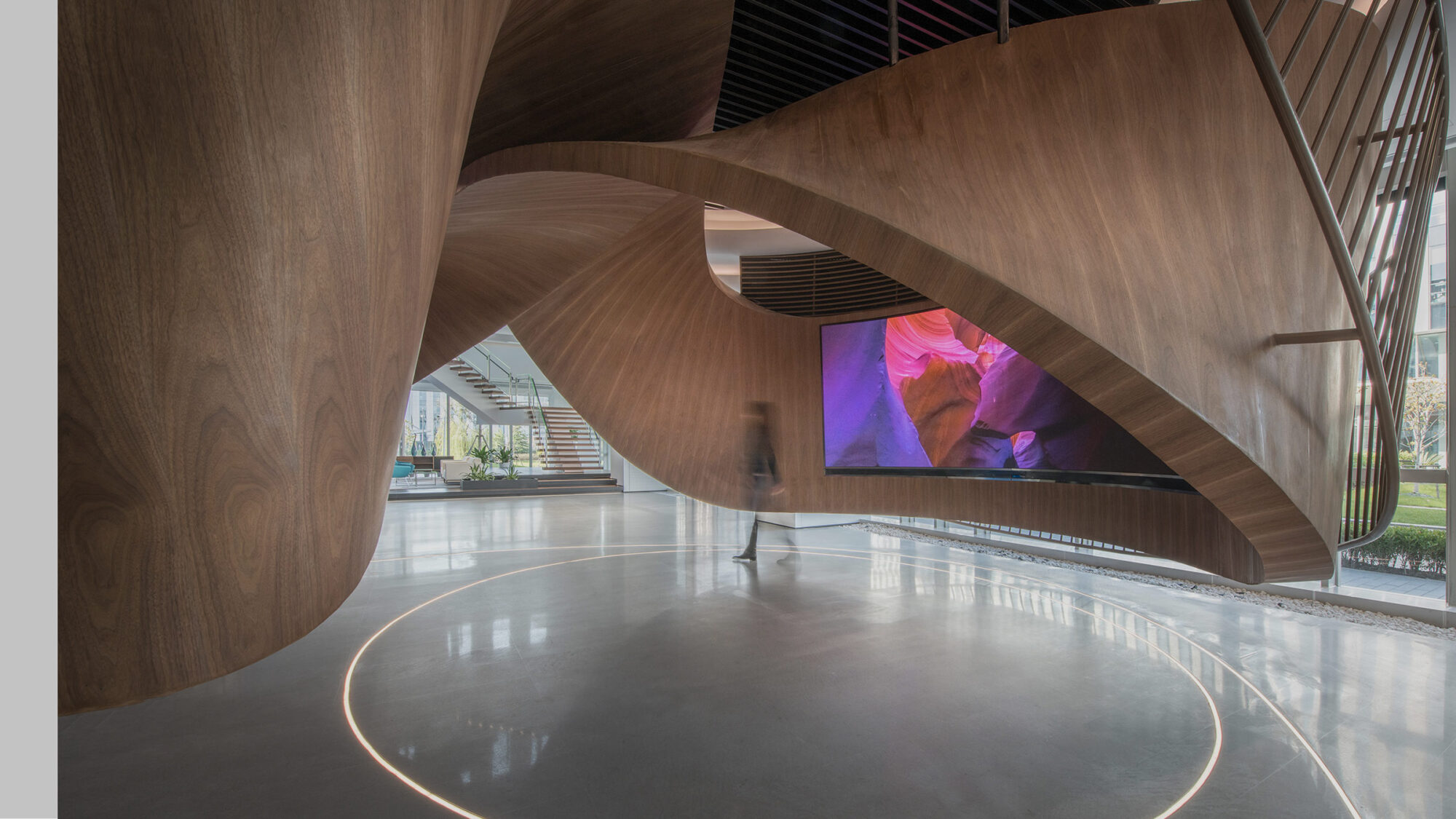




Acoustic performance is one of the clearest signs of a high-quality work environment, yet it’s often overlooked. It doesn’t show up in drawings, but people notice it straight away. Because every building is different, creating a consistently good acoustic experience across a global portfolio means looking closely at the unique conditions of each site.

Good acoustic planning starts with a clear understanding of the space. Whether you’re relocating or working with an existing office, the first step is to assess the building to understand where intervention may be needed. This forms a key part of technical due diligence, helping to identify acoustic issues early, before design decisions are made.
Factors to review include:
A baseline assessment of the building’s existing acoustic conditions shows where improvements are needed and which strategies will have the most impact. These findings provide a solid foundation for a design that delivers reliable performance in everyday use.

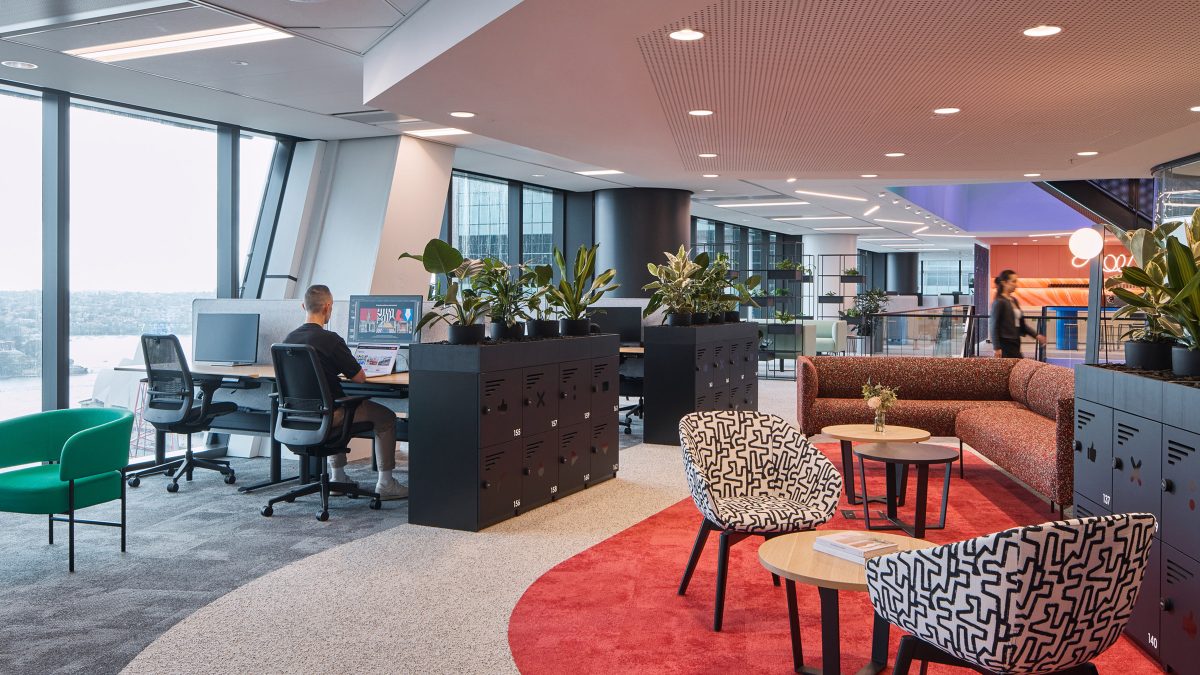
We use test fits to explore how people might work in a space before committing to a final design. They offer enough spatial detail to uncover acoustic risks and opportunities by analysing:
These early explorations will help reduce issues later and support the design of an effective acoustic environment.
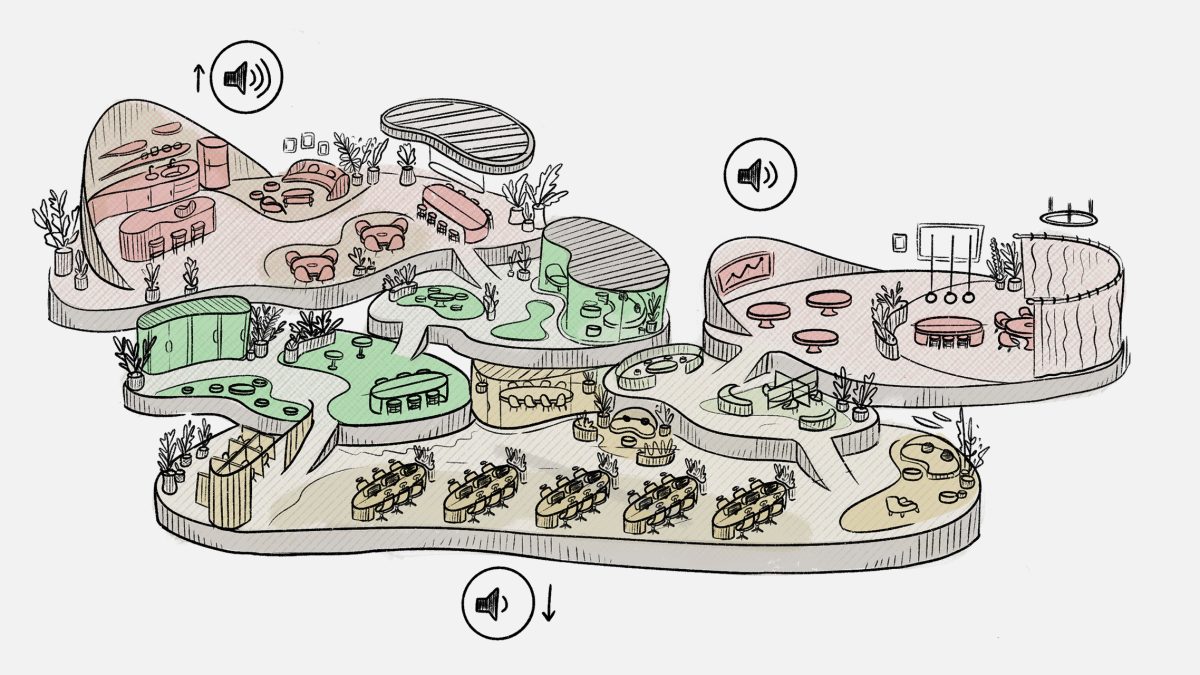
Acoustic strategy must respond to both physical and cultural context. What works in one location may not work in another. Regional differences in design trends, construction methods and regulations all affect how sound behaves and what makes sense.
Common patterns include:
Every building is different, but these examples show why acoustic strategies can’t be copied across locations. Consistency across a global portfolio comes from applying shared performance goals, then tailoring the approach to suit each site.
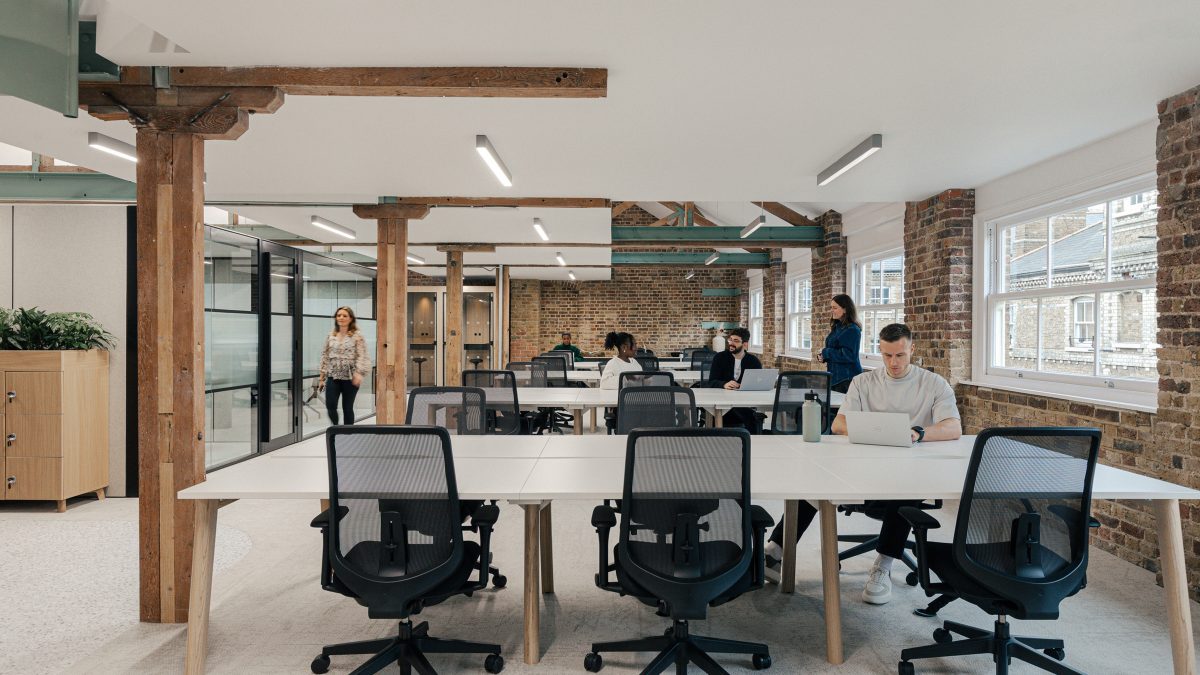
Acoustic strategy should be shaped by how a space is used, what happens there, how often and at what intensity. Each area has different performance needs, so solutions must respond to how the space is actually used.
Considerations include:
The goal is to give each setting the acoustic conditions it needs to perform effectively.
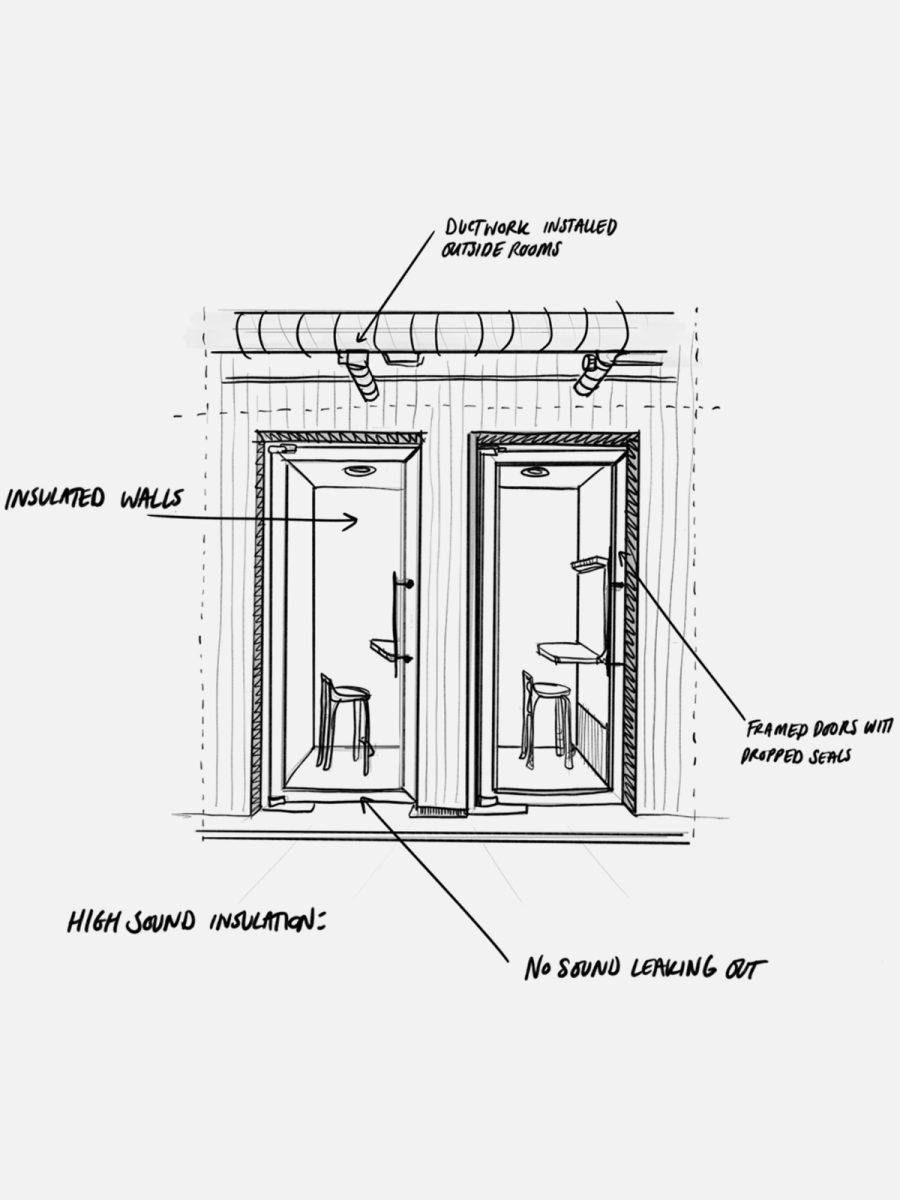 Planning
Planning 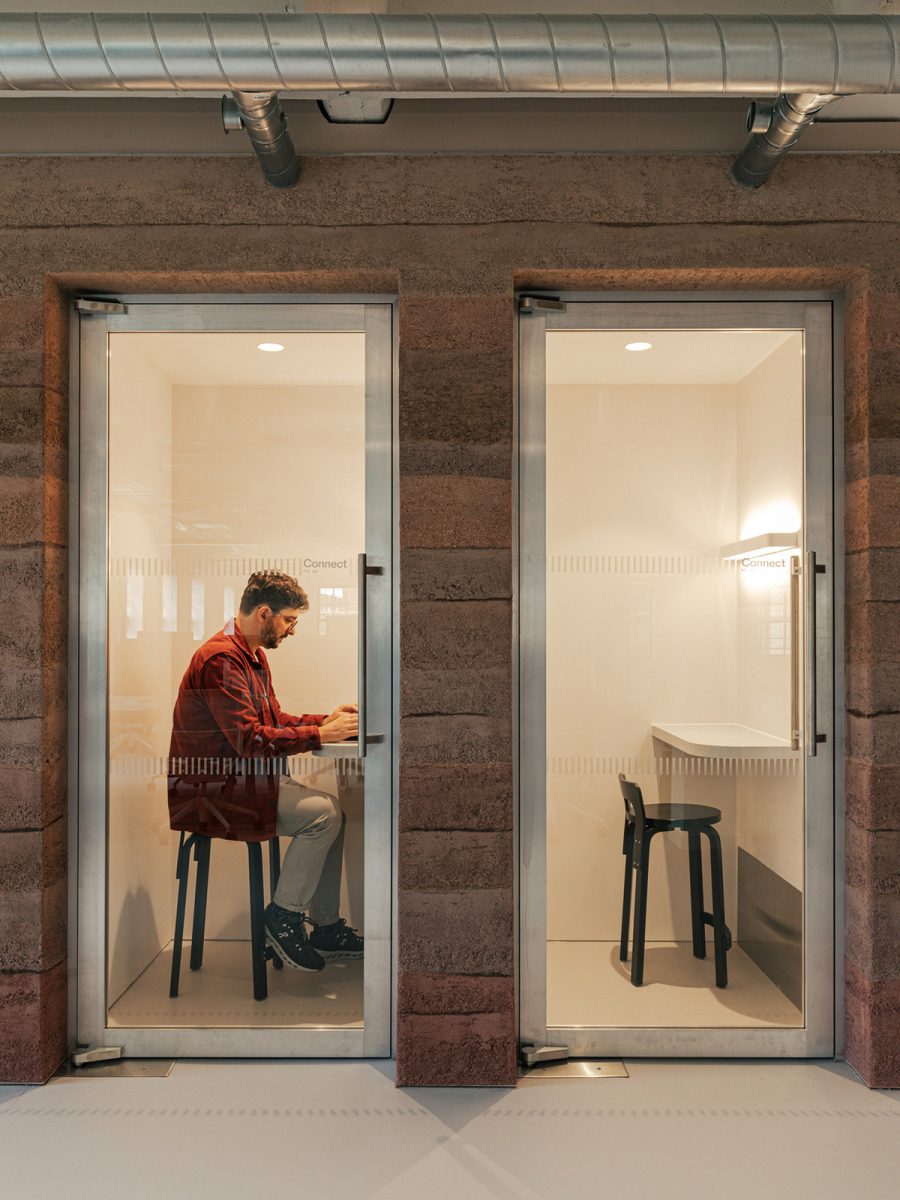 Outcome
Outcome Consistent acoustic performance comes from careful engineering. Get it right from the start by embedding acoustic goals into the design and delivery process and carrying them through architecture, engineering and construction teams.
To do so, acoustic strategy must:
When acoustic goals guide design from the start, spaces feel natural to use and people respond instinctively have better focus, easier communication and greater comfort.
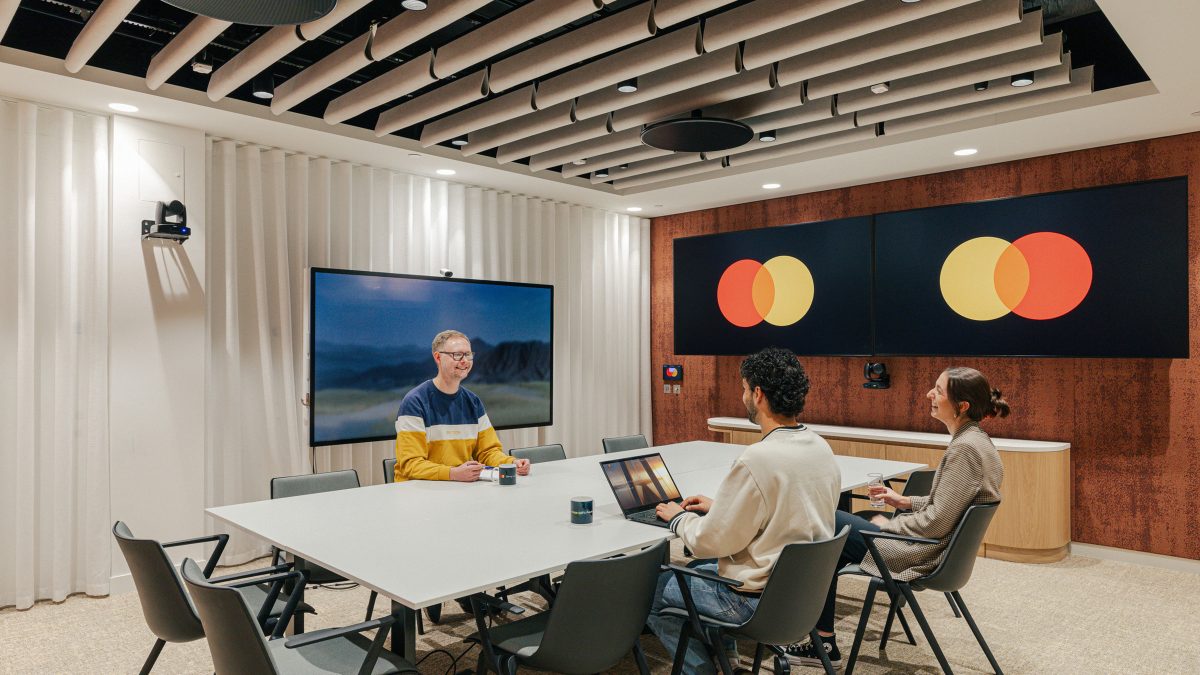
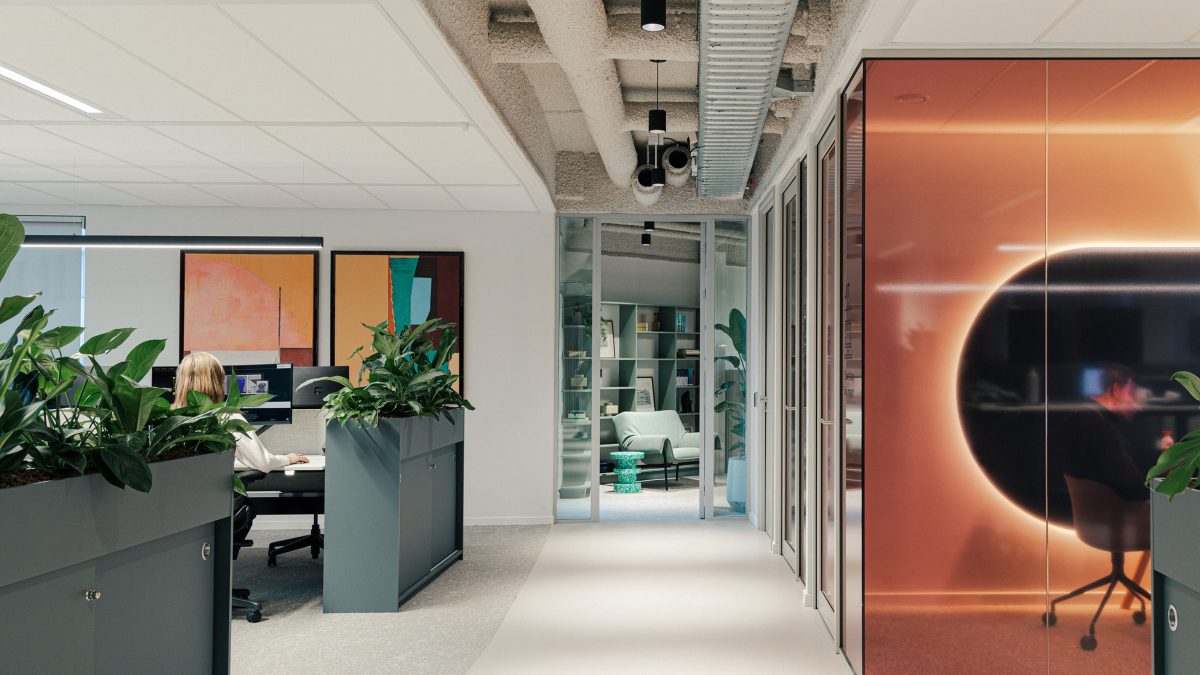
Ready to strengthen acoustic performance in your workplace? Get in touch to discuss how we can support your goals with engineering-led solutions.
Senior Associate
Associate Director